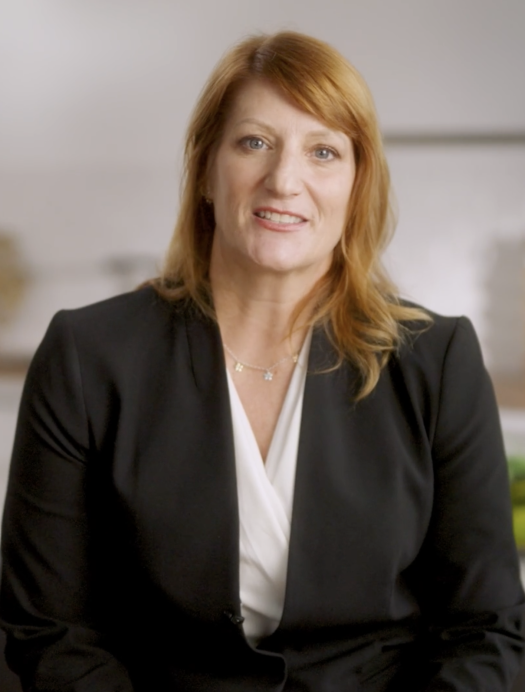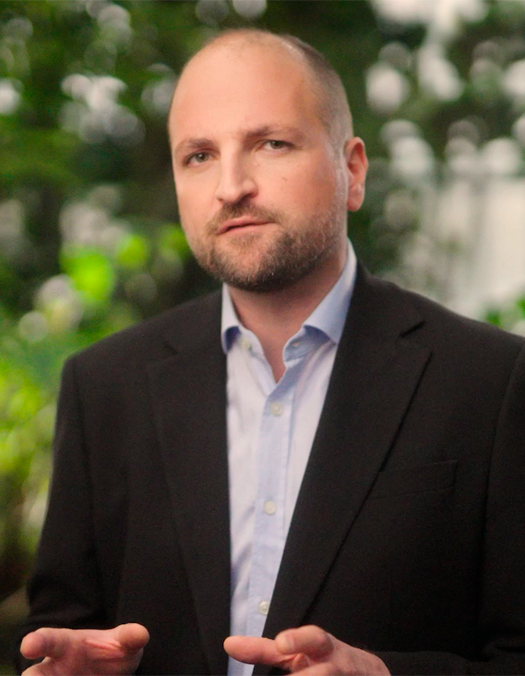Extreme Weather Events: The New Normal?
Joaquim Pinto
AXA Chair in Regional Climate and Weather Hazards at Karlsruhe Institute of Technology, Germany.
Floods, storms, and heatwaves are no longer distant threats: they are reshaping our world today. Why are these events becoming more intense and more frequent? And what can science do to help societies prepare and adapt?
Join Professor Joaquim Pinto for a masterclass exploring the science behind extreme weather and how we can turn data into action to build more resilient futures.
What you will learn
Why extreme weather events are intensifying
How heatwaves and heavy rainfall impact society and economy
How climate modelling helps us prepare and adapt

| Video
The masterclass in 3 main chapters
Chapter 1
The Anatomy of Extreme Weather

| Video
Behind every flood, storm, or heatwave lies a combination of atmospheric patterns and feedback loops. In this first chapter, Prof. Joaquim Pinto explains how high pressure systems can trap heat and dry out soils, creating intense and long lasting heatwaves, and how stationary low pressure systems can lead to torrential rains and catastrophic flooding.
You’ll learn why these events are not random, but the result of specific conditions and how climate change is shifting those conditions, making extreme events both more frequent and more severe.
Chapter 2
Escalating Risks: The Vicious Cycle of Natural Hazards

| Video
Extreme weather rarely occurs in isolation. In this chapter, discover how one event can trigger or amplify others, creating a vicious cycle with far-reaching impacts.
Heatwaves combined with droughts devastate agriculture and forests, while floods destroy infrastructure and disrupt entire communities. Prof. Pinto explores real-world examples—from European floods to North American heatwaves—and shows how rising exposure (more people and assets in vulnerable areas) magnifies the human and economic toll.
Chapter 3
Getting Prepared through Climate Modelling

| Video
Preparation is possible and science is leading the way. In this final chapter, Prof. Pinto reveals how advanced climate models and high resolution simulations help us anticipate future risks. From creating urban heat stress maps at one meter resolution to designing flood resilient cities, these tools are enabling policymakers, engineers, and insurers to turn scientific insights into concrete adaptation measures.
Discover how collaboration between scientists and decision makers can turn data into action, building a safer, more resilient future for us all.
Explore other episodes of MasterSciences
MasterScience
MasterScience is a masterclass program designed to help you understand how science contributes to the progress of society.
Learn more

